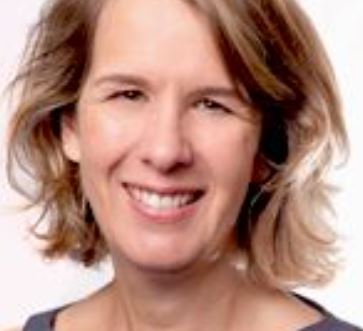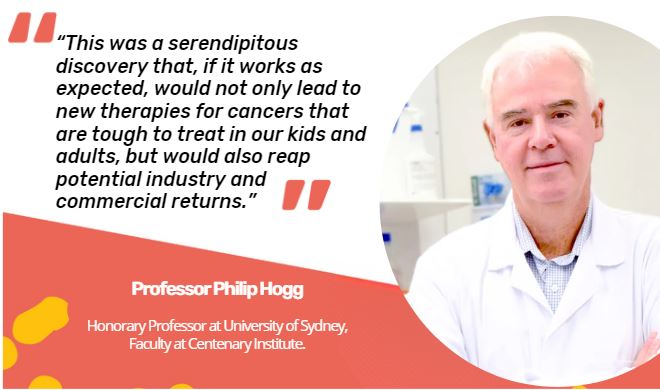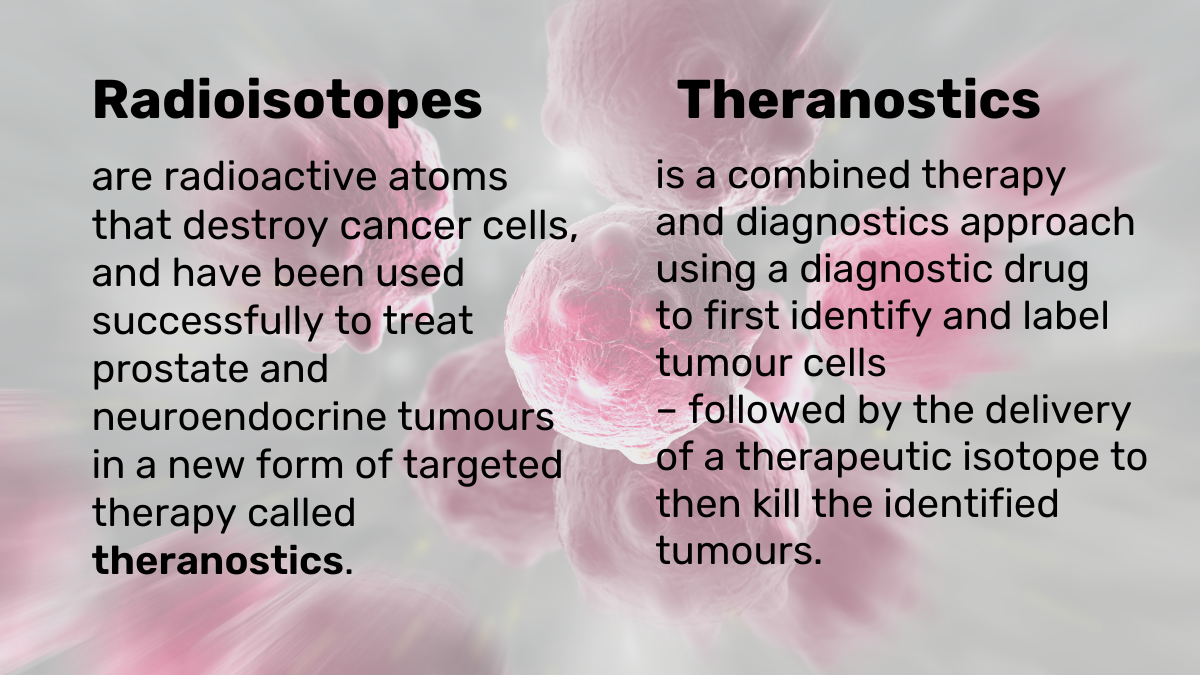The University of Sydney Prof. Sue Woolfenden, Dr Katarina Ostojic, and their team of chief and associate investigators have been awarded a $1.46million MRFF Grant for Clinician Researchers Applied Research in Health for “Equitable Pathways and Integrated Care in Cerebral Palsy” (EPIC-CP).
Luminesce Alliance is delighted to see that our initial support of Dr Katarina Ostojic has progressed to further recognition of Prof Woolfenden, Dr Ostojic, and the team to address the psychosocial risks of precision medicine and ensure its equitable rollout.
EPIC-CP is a social prescribing intervention co-designed with children and young people with cerebral palsy (the most common physical disability in Australia), their parents/carers, and service providers at three NSW Children’s Hospitals: Sydney Children’s Hospital at Randwick and Children’s Hospital Westmead (SCHN), and John Hunter Children’s Hospital in Newcastle. The initial co-development and piloting of EPIC-CP was supported by the Cerebral Palsy Alliance Research Foundation, Sydney Children’s Hospitals Foundation, and Luminesce Alliance.
To date, EPIC-CP involves standardised identification of unmet social needs in the clinical setting, engagement with a Community Linker to identify and connect patients with appropriate supports and care, and a resource pack of available health, social, disability, and education supports for children and young people with cerebral palsy and their families.
In this grant, the team will conduct a large-scale, randomised controlled trial, with economic and implementation evaluations of EPIC-CP across the three Paediatric Rehabilitation Teams in NSW.
The EPIC-CP team include clinicians, researchers, knowledge translation experts, and consumer investigators with lived experience of cerebral palsy from across Sydney Health Partners , Maridulu Budyari Gumal (Sydney Partnership for Health, Education, Research and Enterprise ), and regional partners.
The funding will contribute towards the research team, Community Linkers, an Aboriginal researcher, economic evaluation, trial statistics, implementation evaluation, and consumer advisor payment for the ongoing effectiveness trial.
The grant is part of nearly $230 million in funding to Australia’s best and brightest researchers to undertake potentially groundbreaking, life changing health and medical research projects, to discover new ways to tackle many of the health and medical issues that impact people every day.
Read more about EPIC-PC here.
About Luminesce Alliance
Luminesce Alliance is a not-for-profit cooperative joint venture between the Sydney Children’s Hospitals Network, the Children’s Medical Research Institute, the Children’s Cancer Institute, the University of Sydney, and the University of New South Wales Sydney. It has been established with the support of the NSW Government to coordinate and integrate paediatric research.
About University of Sydney
About us – The University of Sydney
About Cerebral Palsy Alliance
Cerebral Palsy Alliance is a ground-breaking, global centre of expertise for cerebral palsy research, advocacy, intervention and assistive technology innovation.
As the world’s largest private funder of cerebral palsy research, we bring together a powerful alliance of great minds. Our research-informed interventions are world-class, our unique accelerator program is unlocking the potential of technology to drive greater inclusion for people with disability, and our voice is a powerhouse for bringing together communities and countries in effecting change.
For over 75 years, we have been driven by our founders’ vision of a future where nothing is impossible for people with cerebral palsy and similar conditions. Today, the 17million+ global cerebral palsy community, together with our 2500+ employees and 150,000+ donors, fundraisers and entrepreneurs, are contributing to solving the next set of impossibilities. To find out more visit www.cerebralpalsy.org.au
About Sydney Children’s Hospital Foundation
One of the largest and most trusted kids’ health charities in the country, Sydney Children’s Hospitals Foundation exists to help provide all children with access to the best possible healthcare, whenever and wherever they need it. We have been delivering on this promise for the last 35 years, raising millions every year for a collective of two major children’s hospitals, specialised care services, and cutting-edge paediatric research, operating across NSW. A conduit, an enabler, and a mechanism for powerful change, we make sure funds raised go directly to the front line of children’s healthcare – from the hospital wards to the treatment rooms, the research labs to the outreach programs. Together with our Movement of Many we are All in for Kids Health. To find out more visit




